Leg curls are an excellent exercise to target your hamstrings, helping to build strength and improve muscle definition. However, if you’re looking to switch things up, avoid a plateau, or if you don’t have access to a leg curl machine, there are several leg curl alternatives that can effectively work your hamstrings. In this article, we’ll explore some of the best exercises that mimic the leg curl's motion and how to incorporate them into your routine for maximum results.
1. Romanian Deadlifts (RDL)
Romanian Deadlifts are one of the best alternatives to leg curls as they engage the hamstrings, glutes, and lower back muscles. The key to performing an effective RDL is the hip hinge movement, which places a stretch on your hamstrings while maintaining proper form.
How to Perform Romanian Deadlifts:
- Stand with your feet hip-width apart, holding a barbell in front of your thighs.
- Keeping your knees slightly bent, push your hips back and lower the barbell towards the ground.
- Focus on hinging from your hips, not bending at the waist.
- When you feel a stretch in your hamstrings, reverse the motion by driving your hips forward to return to standing.
Benefits:
- Strengthens hamstrings and glutes.
- Increases lower back stability.
- Can be performed with dumbbells or a barbell for variation.
2. Glute Ham Raises
Glute Ham Raises are a bodyweight exercise that targets the hamstrings and glutes, making them a fantastic alternative to the leg curl. This exercise involves a controlled lowering of the body followed by a powerful contraction to return to the starting position.
How to Perform Glute Ham Raises:
- Kneel on a glute-ham bench with your ankles secured.
- Slowly lower your torso towards the ground while keeping your hips extended.
- Engage your hamstrings and glutes to raise your body back up to the starting position.
Benefits:
- Works the hamstrings, glutes, and lower back.
- Improves knee flexion strength.
- Enhances posterior chain development.
3. Nordic Hamstring Curls
The Nordic hamstring curl is a highly effective bodyweight exercise that isolates the hamstrings. It requires significant strength to control the descent and prevent yourself from hitting the floor, making it an excellent challenge for those who are ready for advanced training.
How to Perform Nordic Hamstring Curls:
- Kneel on a mat with your feet secured under a stable object or held by a partner.
- Lower your body forward, keeping your torso straight and hips extended.
- Slowly descend as far as possible, then use your hamstrings to pull your body back up to the starting position.
Benefits:
- Targets the hamstrings through a full range of motion.
- Great for improving hamstring strength and preventing injury.
- No equipment required beyond something to secure your feet.
4. Kettlebell Swings
While kettlebell swings primarily target the glutes and hips, they also provide excellent activation of the hamstrings. This dynamic movement mimics the hip hinge, making it a great alternative to leg curls for building strength and endurance.
How to Perform Kettlebell Swings:
- Stand with your feet shoulder-width apart, holding a kettlebell with both hands.
- Swing the kettlebell between your legs by hinging at your hips.
- Drive through your hips to swing the kettlebell up to chest height, engaging your hamstrings and glutes as you thrust your hips forward.
- Let the kettlebell descend back between your legs and repeat.
Benefits:
- Great for improving posterior chain strength.
- Boosts cardiovascular endurance.
- Increases explosive power.
5. Single-Leg Deadlifts
Single-leg deadlifts target the hamstrings and glutes while promoting balance and coordination. By performing the exercise one leg at a time, you also address any imbalances between your legs, ensuring both sides are equally developed.
How to Perform Single-Leg Deadlifts:
- Stand with a dumbbell or kettlebell in one hand.
- Shift your weight onto one leg and hinge at the hips, lowering the weight toward the floor while extending the free leg behind you.
- Keep your back straight and your core engaged.
- Return to the starting position and repeat on the other leg.
Benefits:
- Strengthens hamstrings and glutes.
- Improves balance and coordination.
- Targets one leg at a time, addressing muscle imbalances.
6. Hip Thrusts
Although hip thrusts are primarily a glute exercise, they also work the hamstrings effectively. By using a barbell or resistance band, you can adjust the intensity of the exercise to increase hamstring activation.
How to Perform Hip Thrusts:
- Sit on the floor with your upper back against a bench and a barbell across your hips.
- Plant your feet flat on the floor and drive through your heels to lift your hips toward the ceiling.
- Squeeze your glutes and hamstrings at the top, then slowly lower your hips back down.
Benefits:
- Activates both the glutes and hamstrings.
- Can be loaded for greater intensity.
- Improves overall hip strength and power.
7. Step-Ups
Step-ups are another lower body exercise that, when performed with added weight, can engage the hamstrings effectively. The movement simulates climbing stairs and requires hamstring and glute involvement to drive the leg upward.
How to Perform Step-Ups:
- Stand in front of a bench or elevated platform, holding dumbbells in each hand.
- Step one foot onto the platform, driving through the heel to raise your body.
- Lower yourself back down and repeat on the other leg.
Benefits:
- Builds leg strength and stability.
- Targets the hamstrings and glutes.
- Can be performed with varying intensity by adjusting the height of the platform or adding resistance.
Conclusion
While the leg curl machine is a popular choice for isolating the hamstrings, these alternatives offer a variety of ways to target the same muscle group. Whether you’re looking to switch up your routine, avoid the machine, or simply add variety, exercises like Romanian deadlifts, glute ham raises, and Nordic hamstring curls can help you develop strong, well-defined hamstrings. Incorporate these alternatives into your training and enjoy the benefits of a powerful posterior chain!

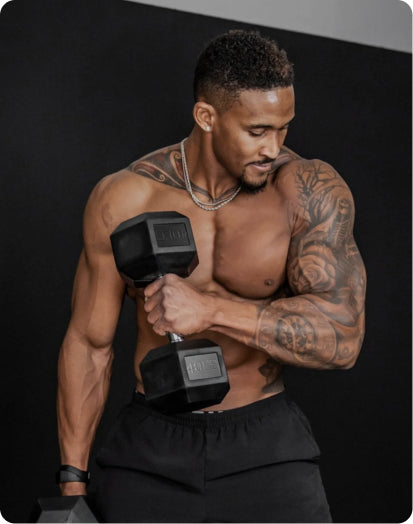
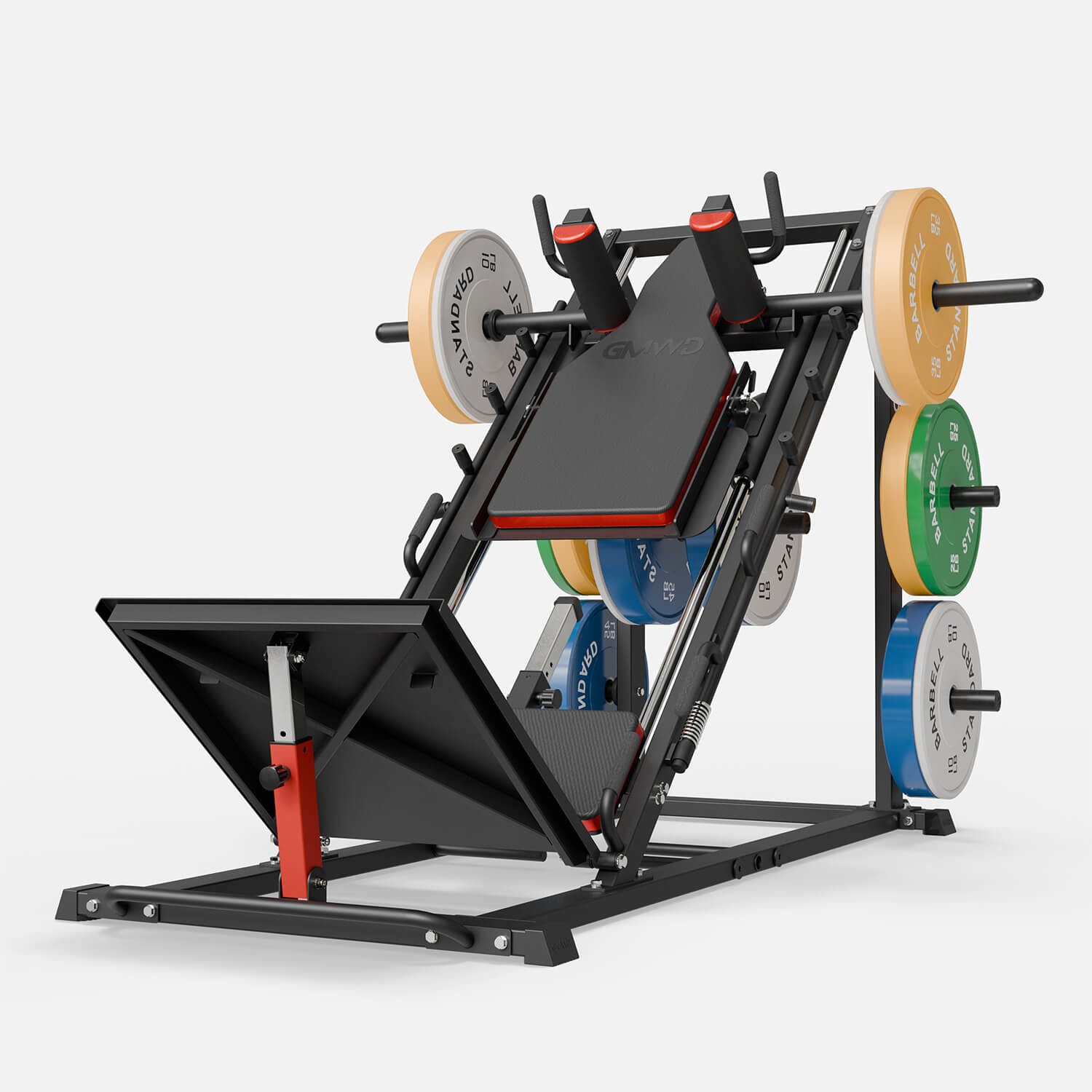
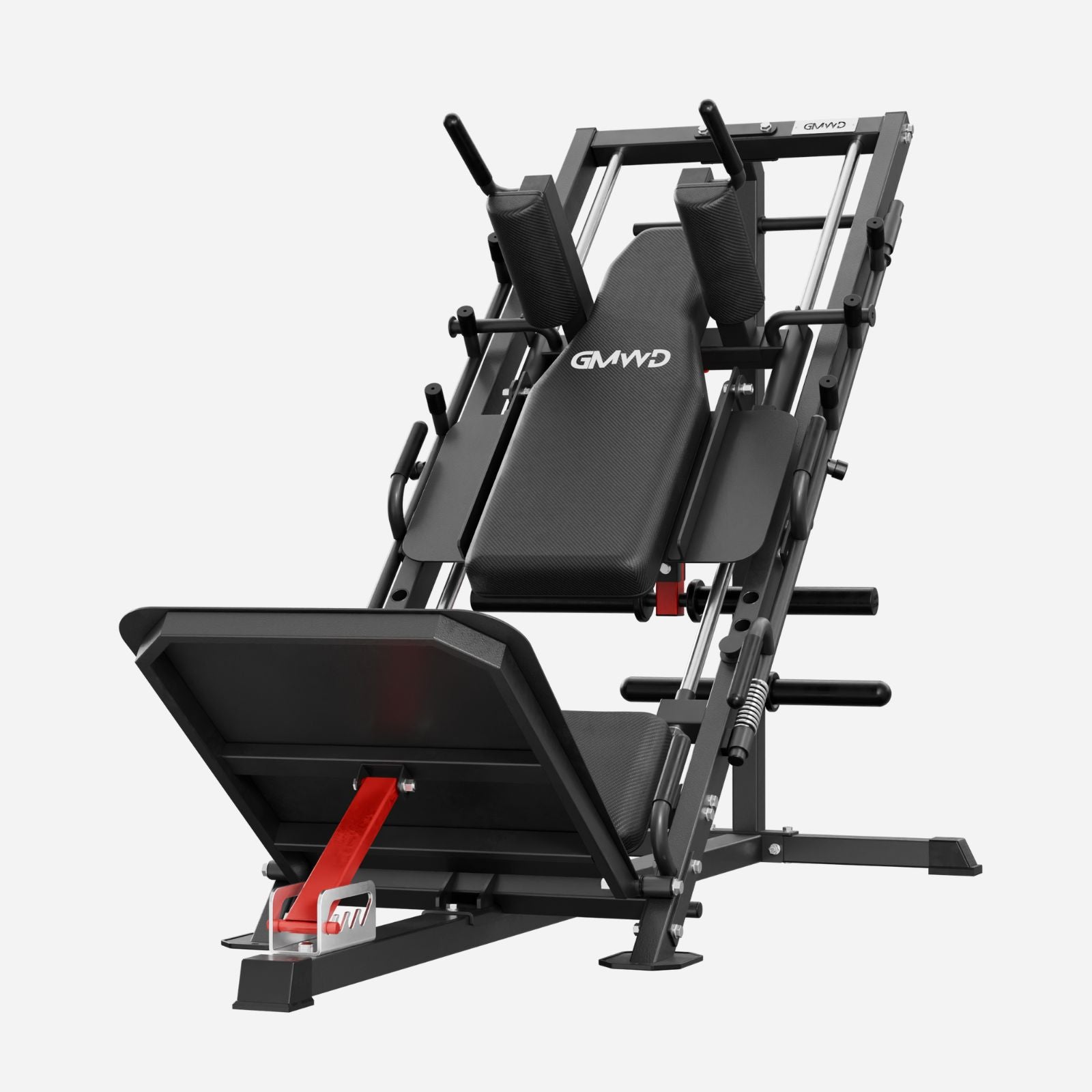

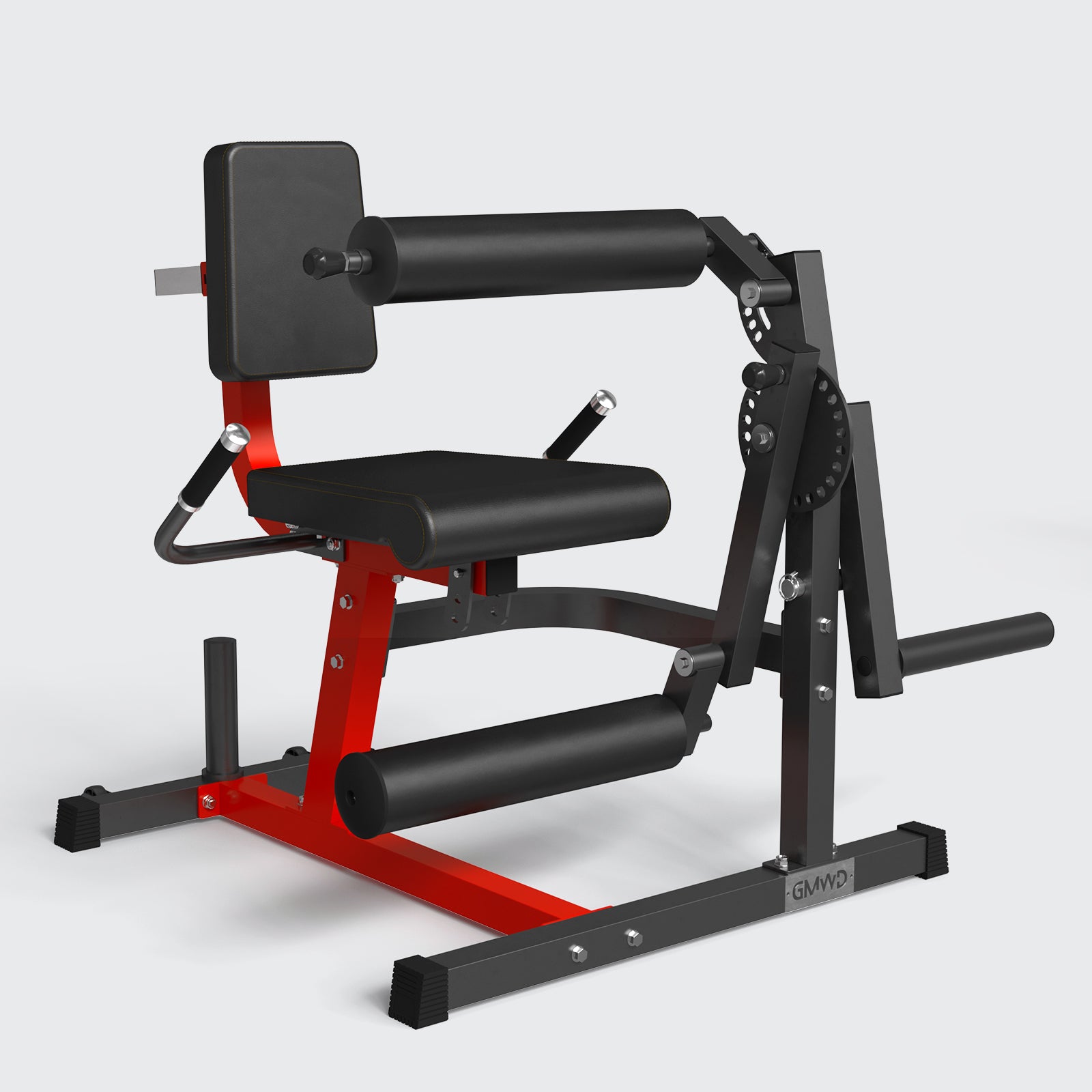
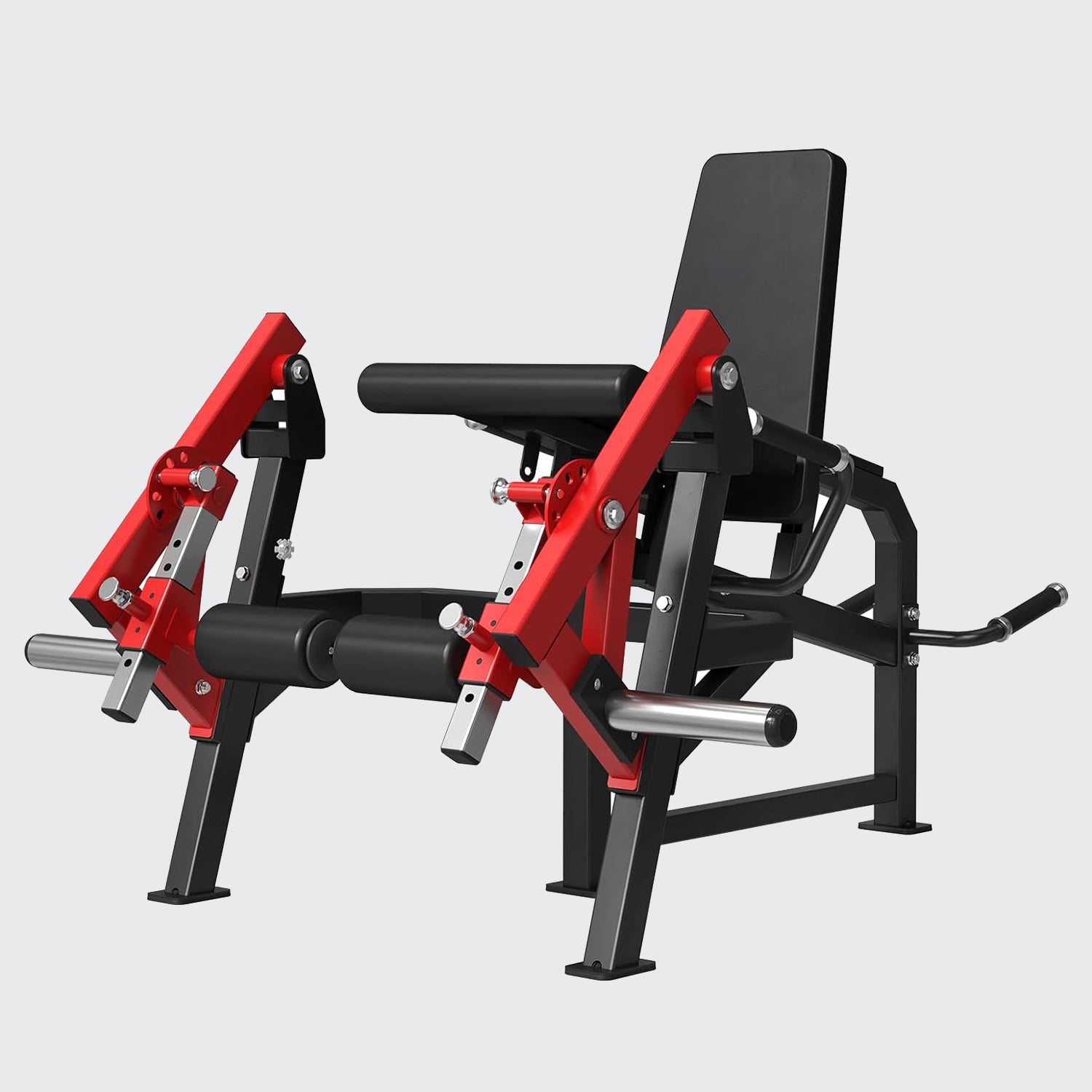
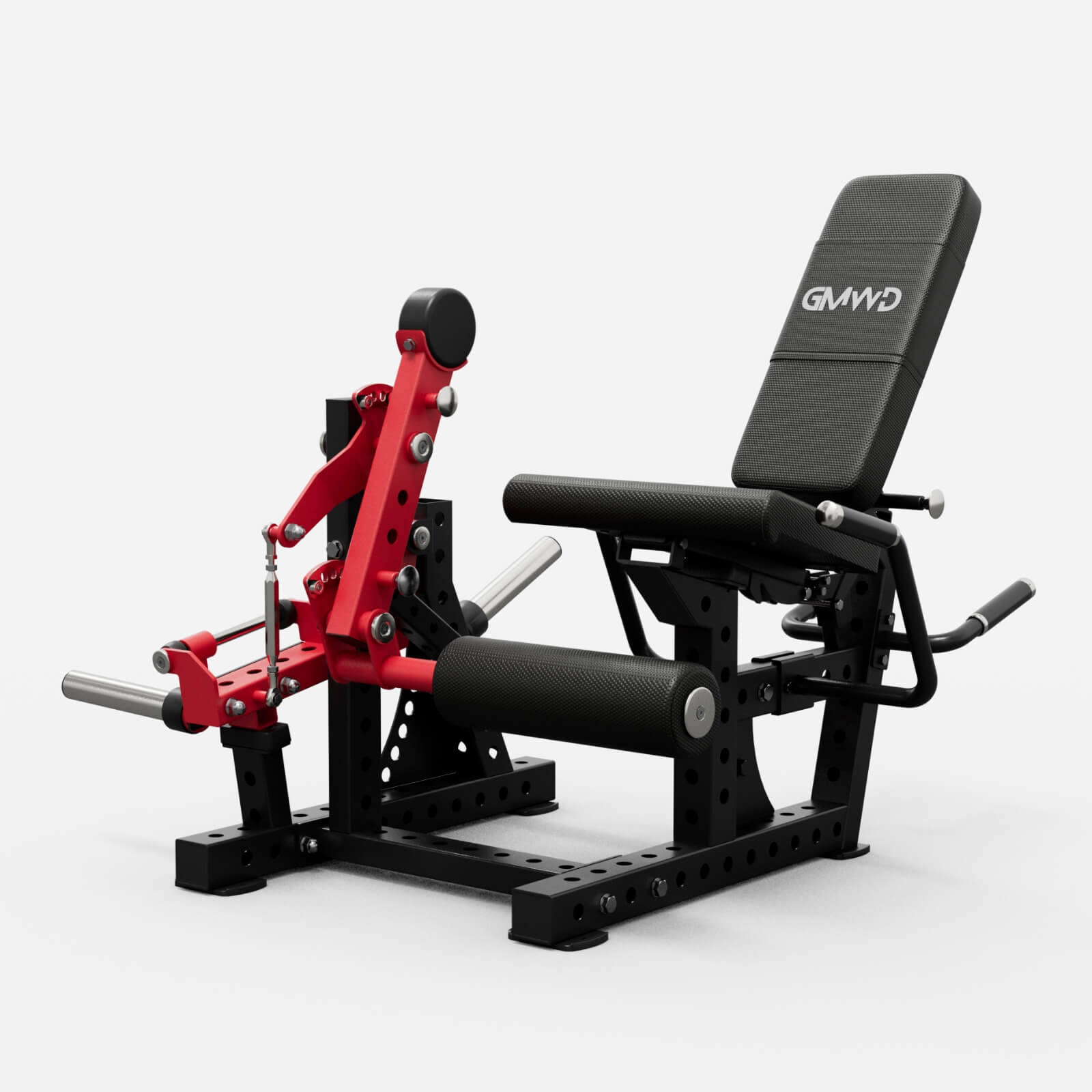
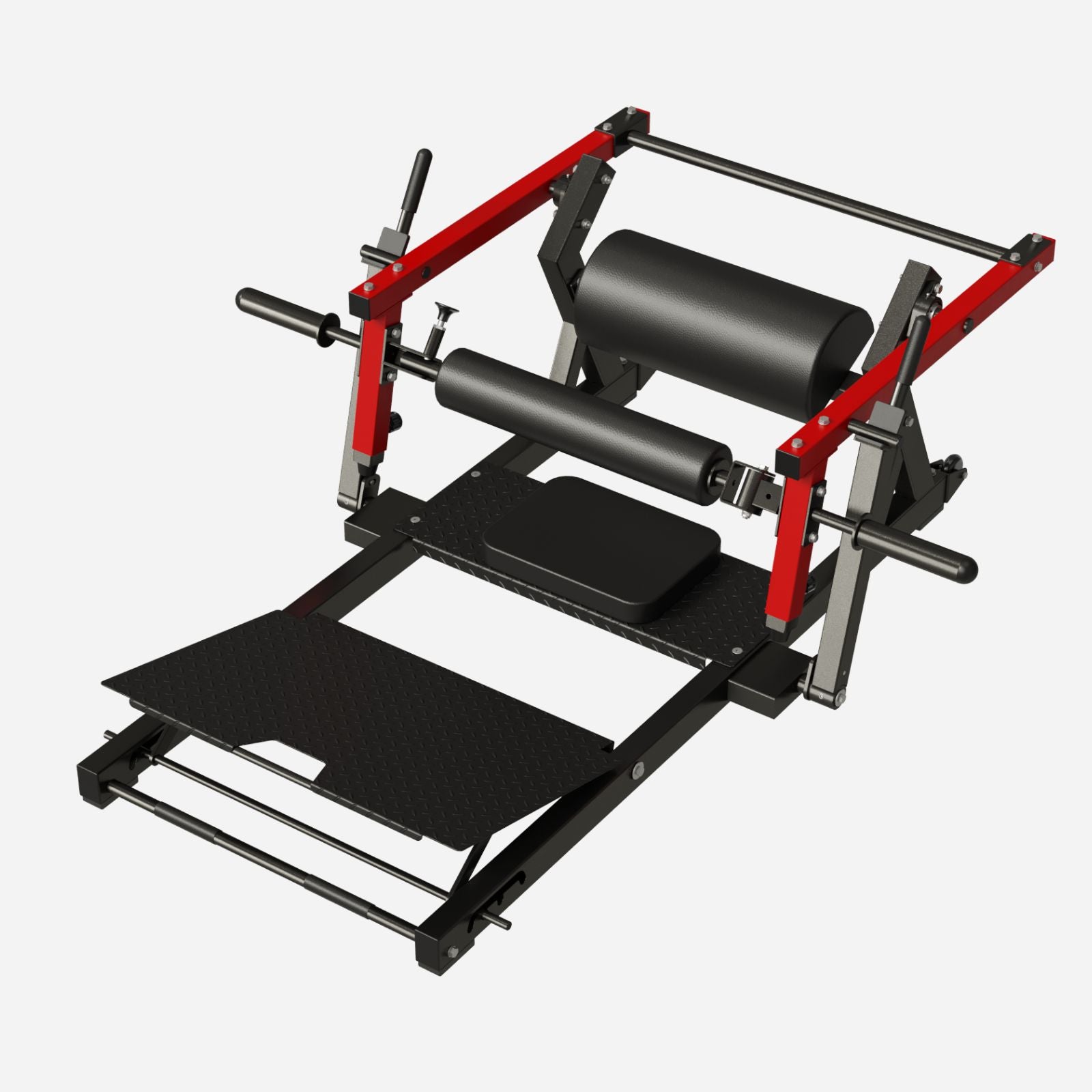

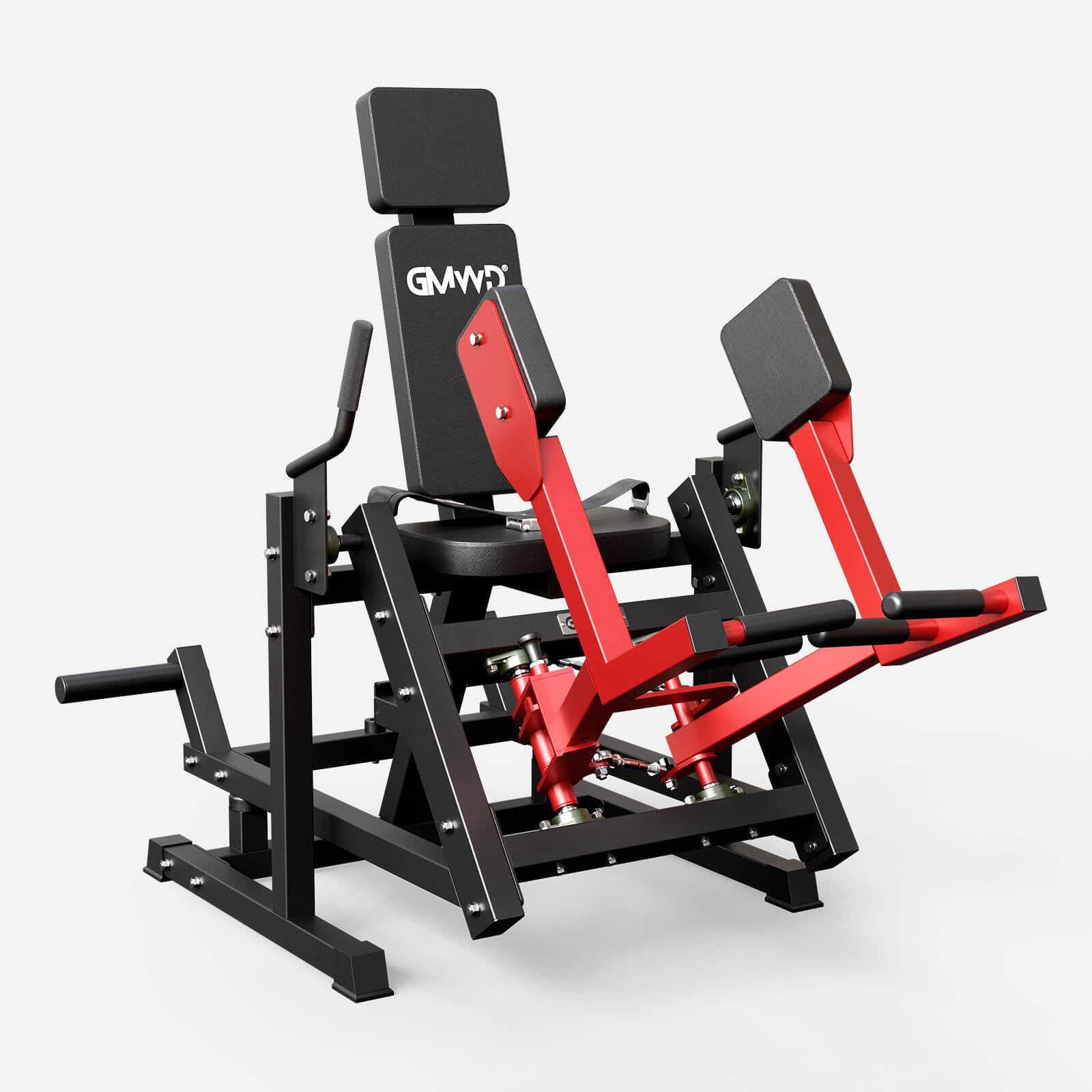
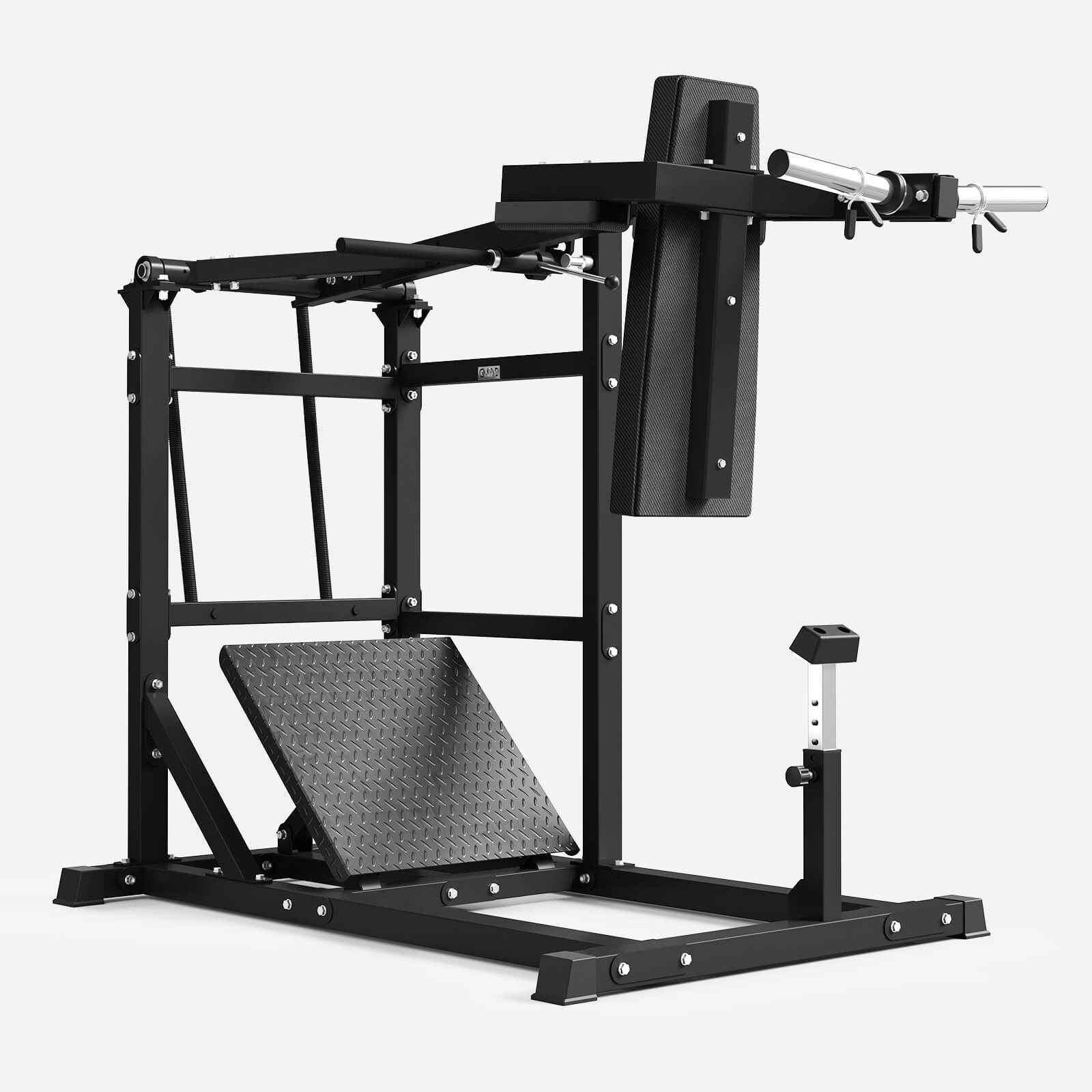
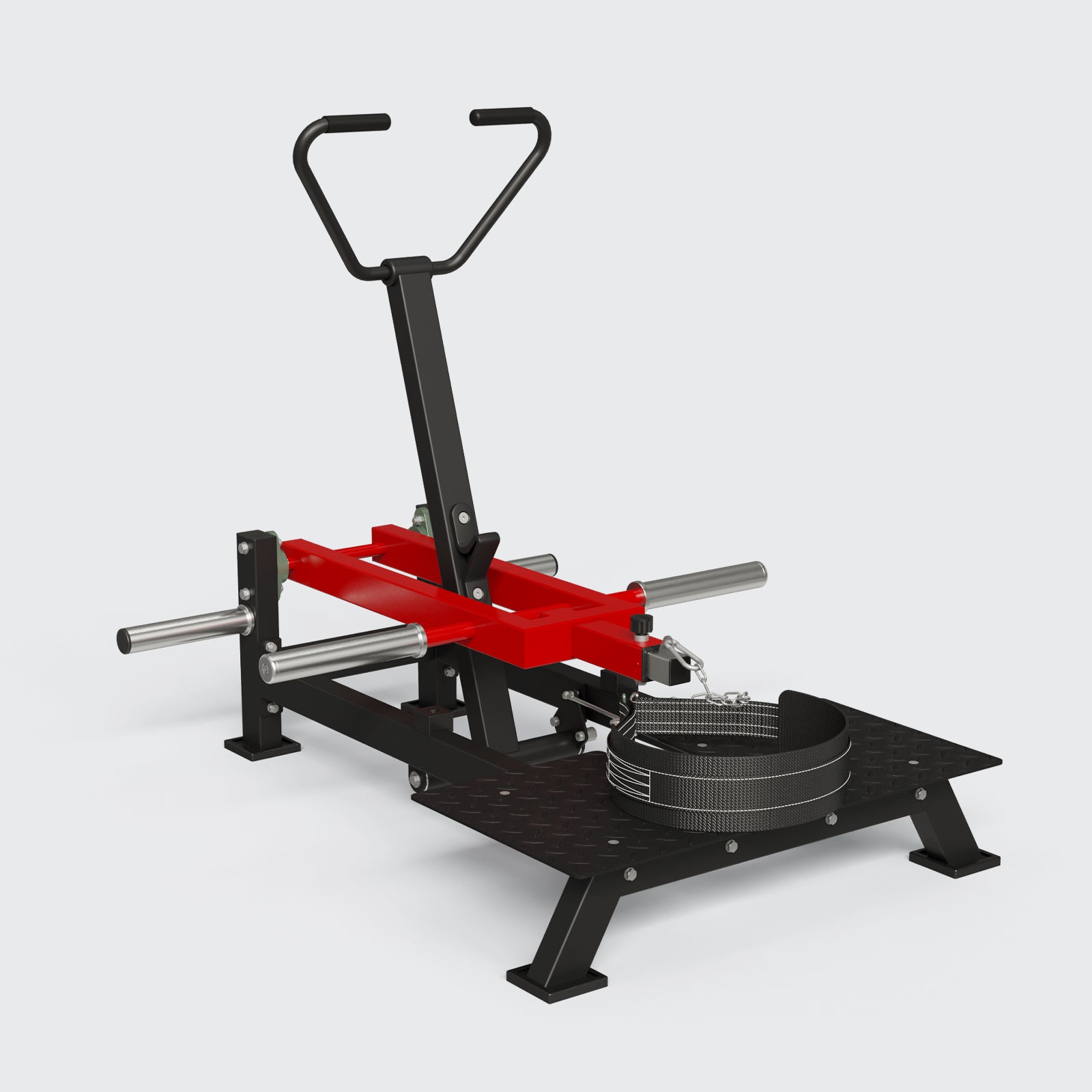
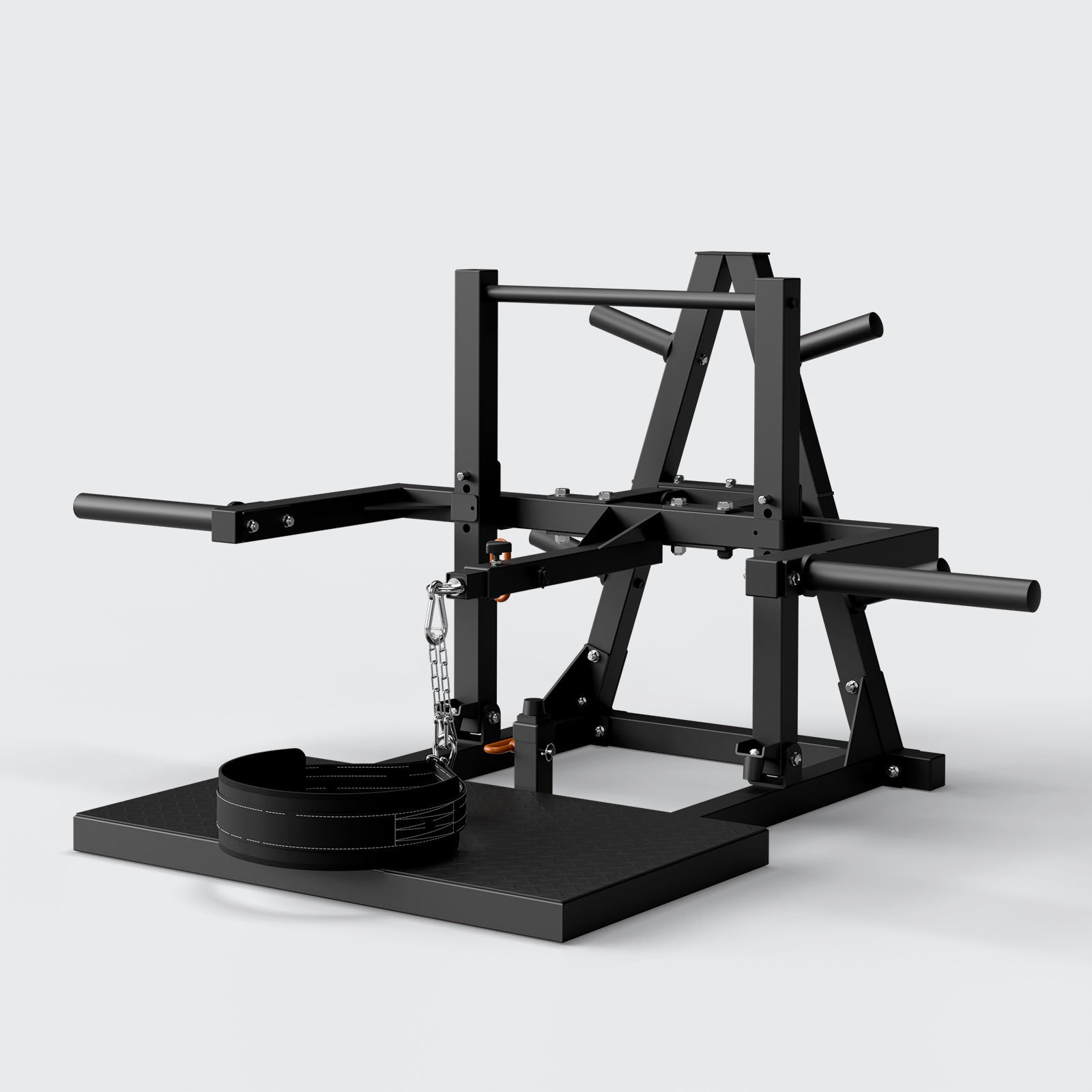

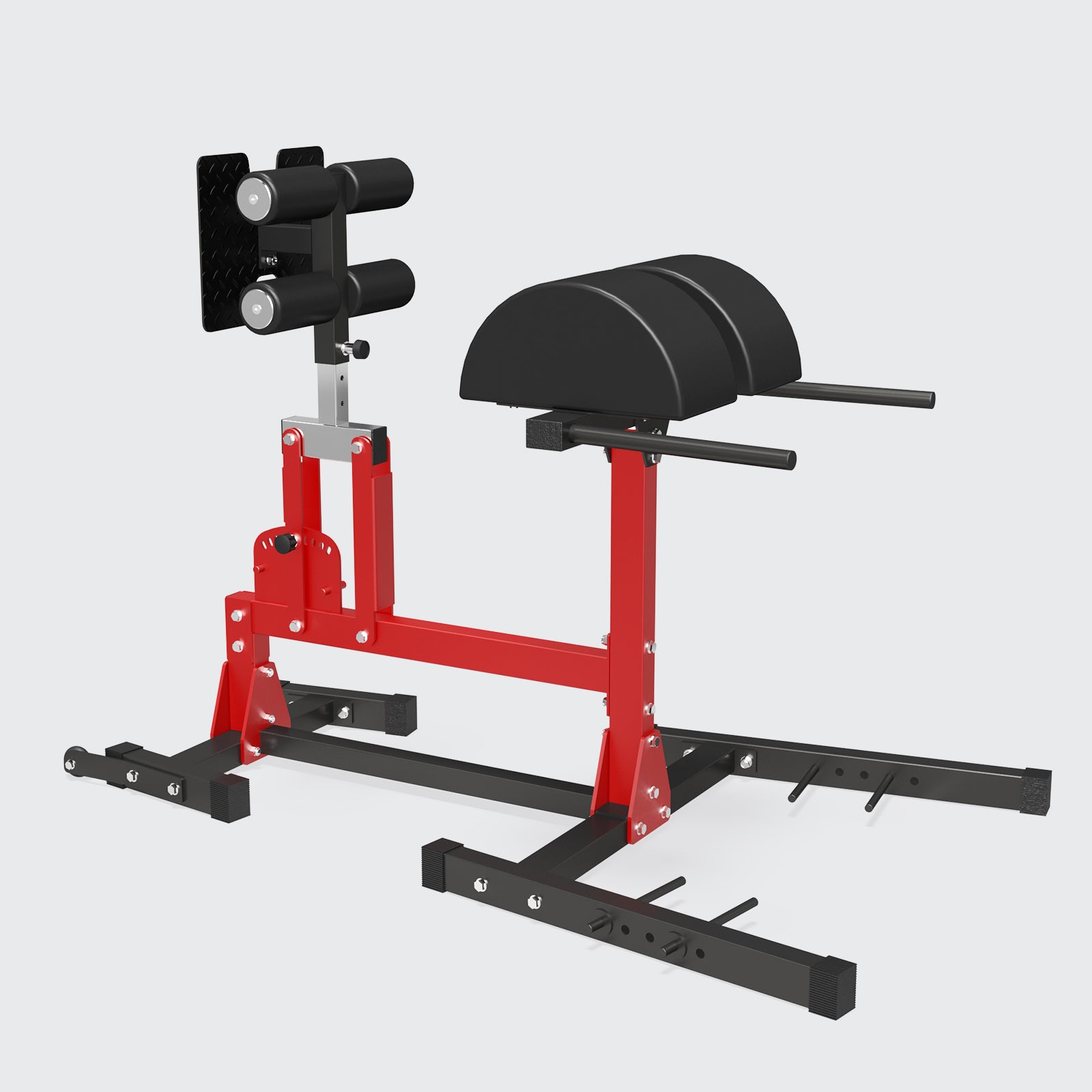
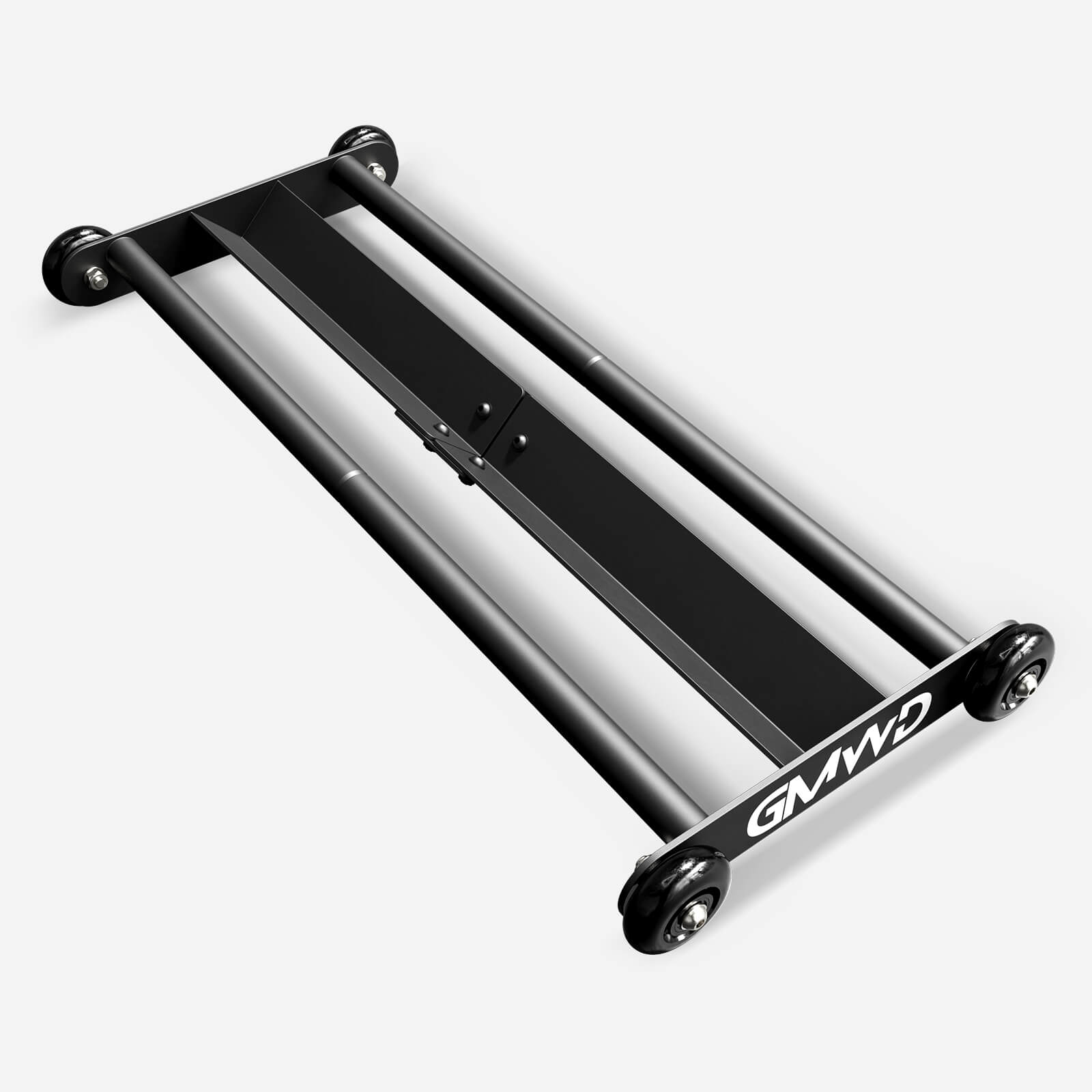
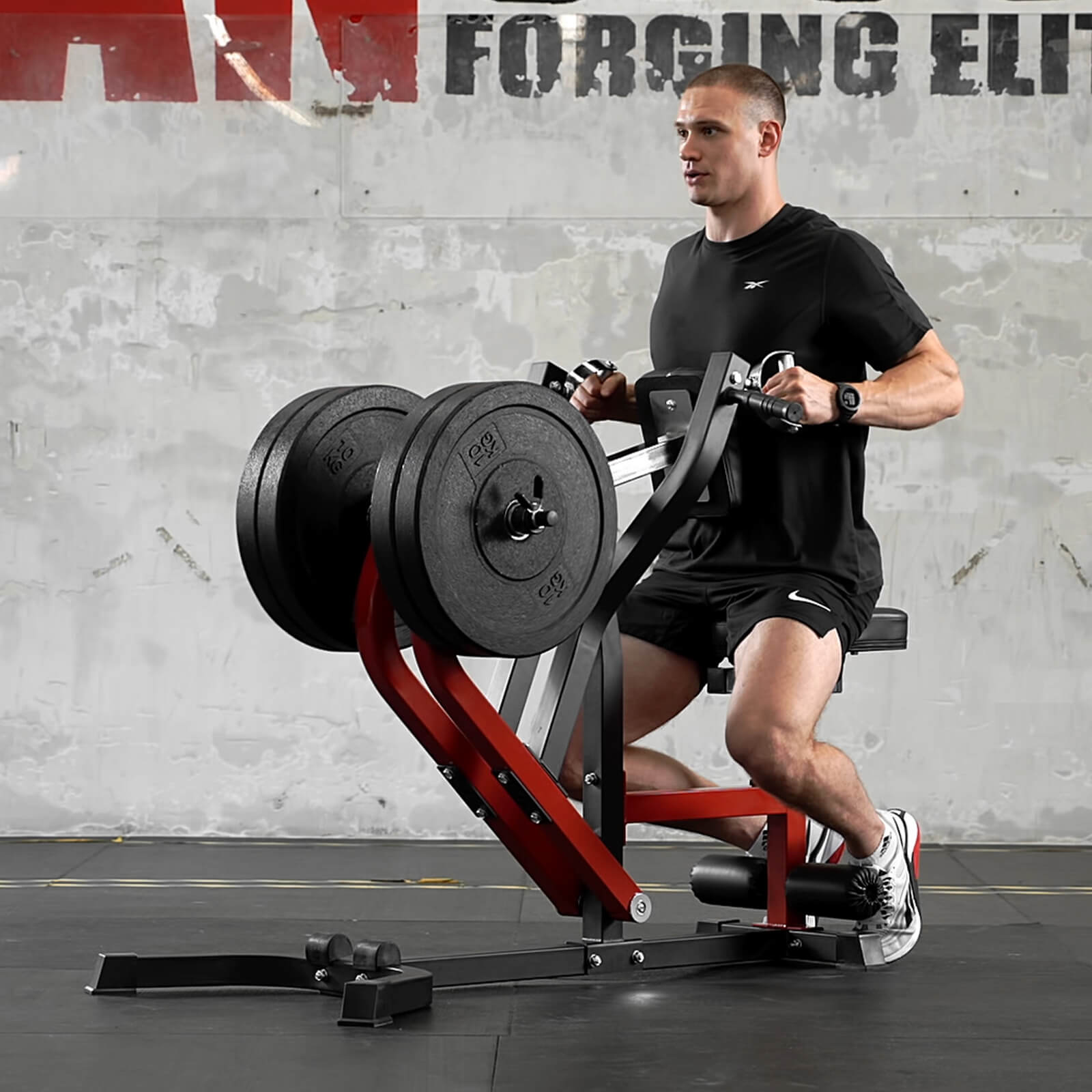
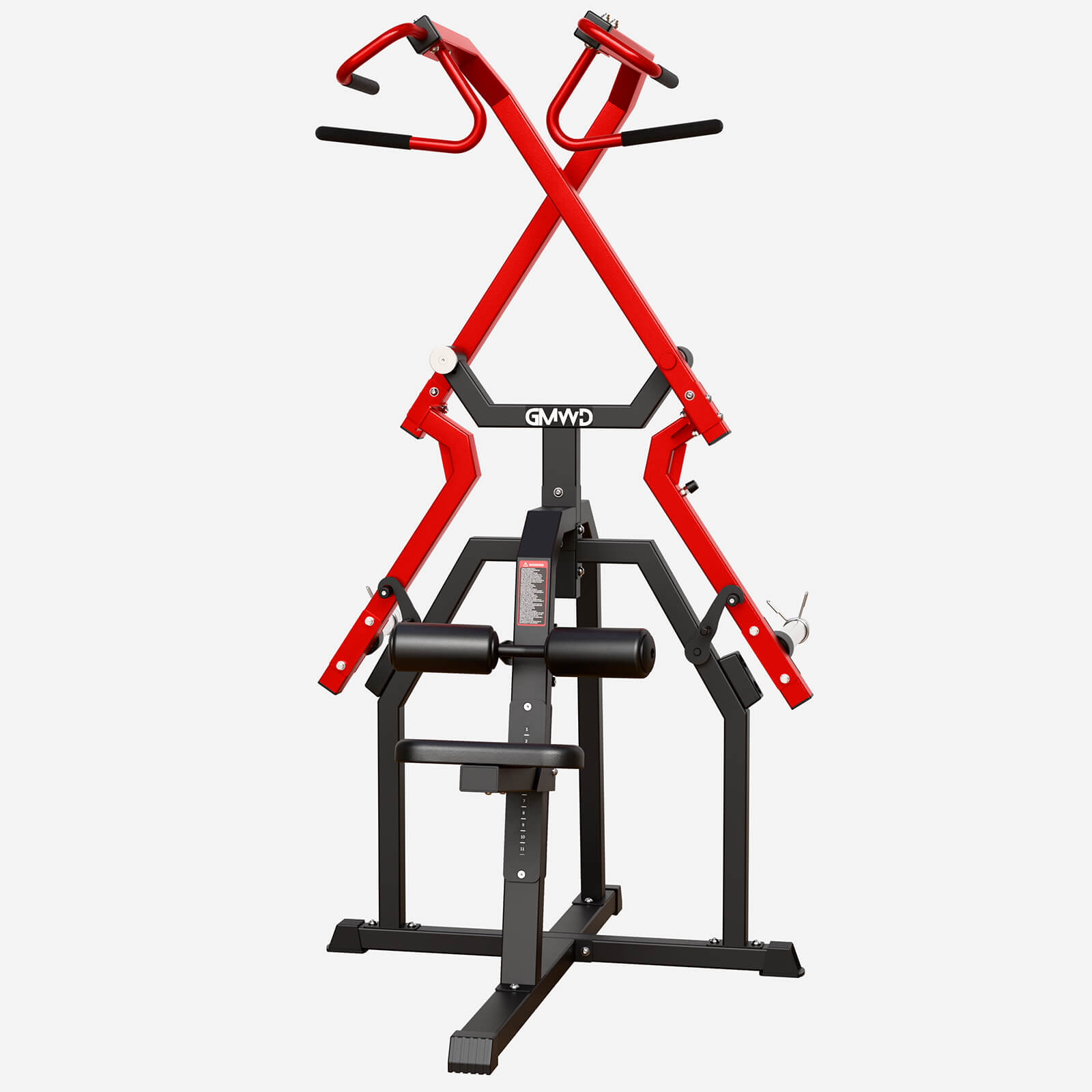
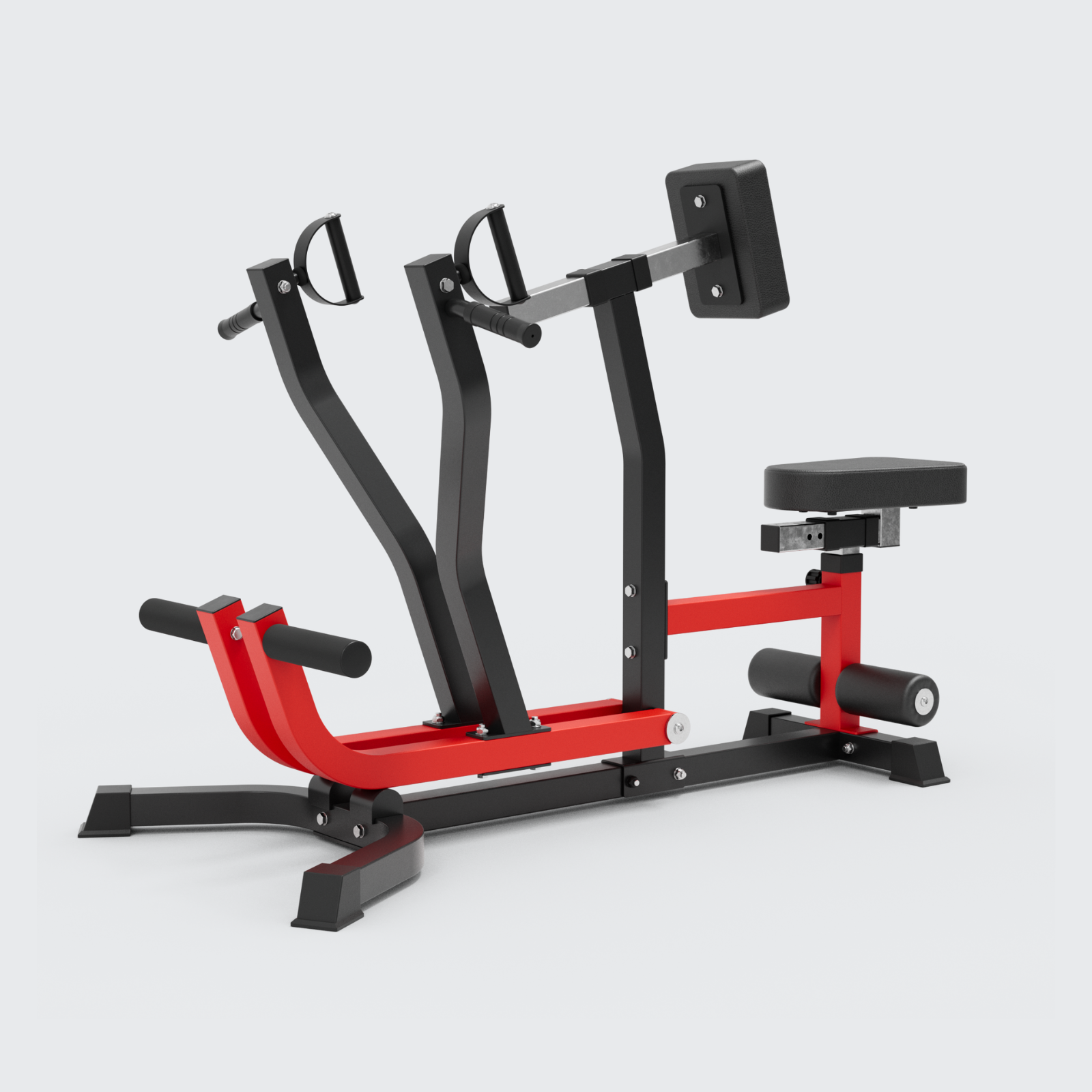
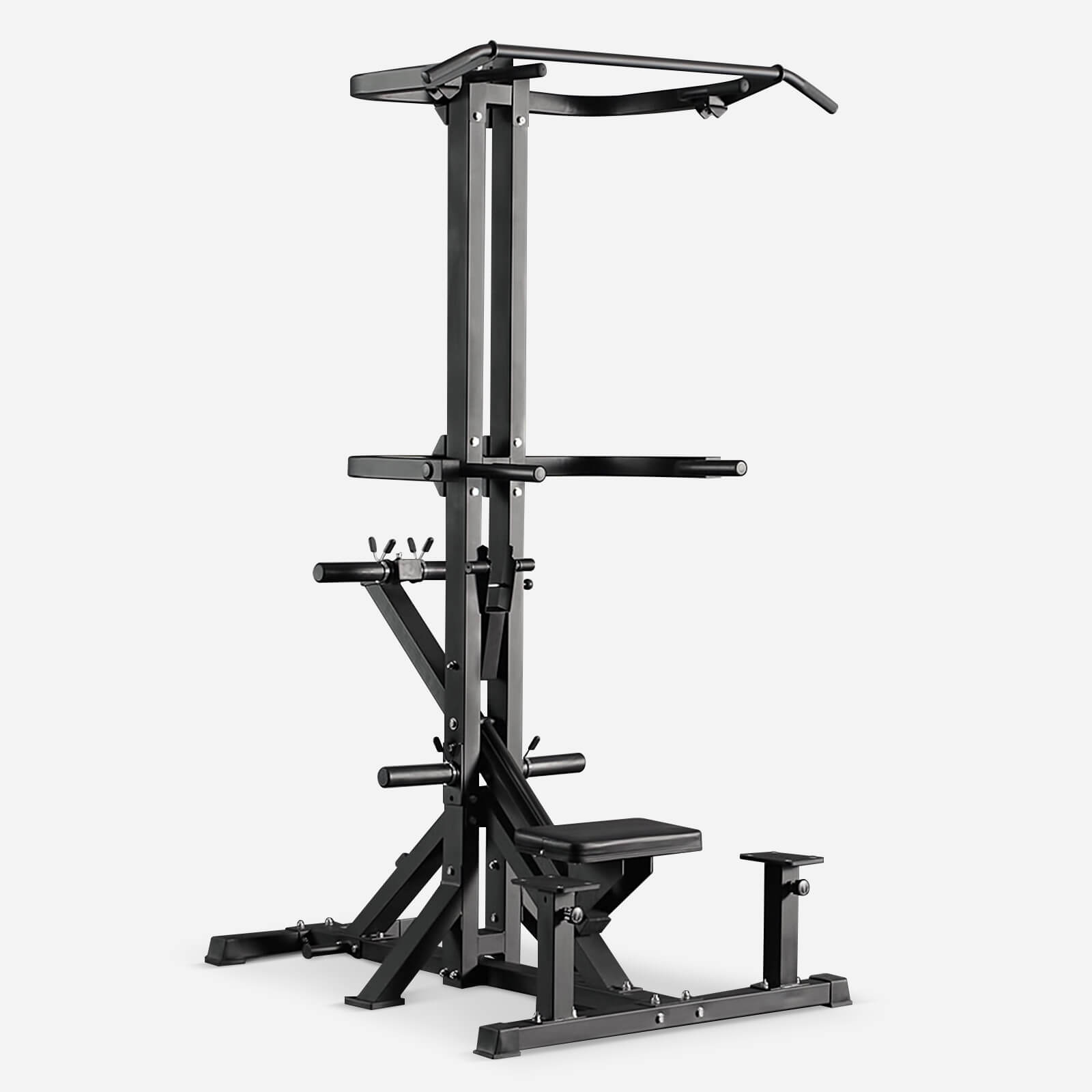

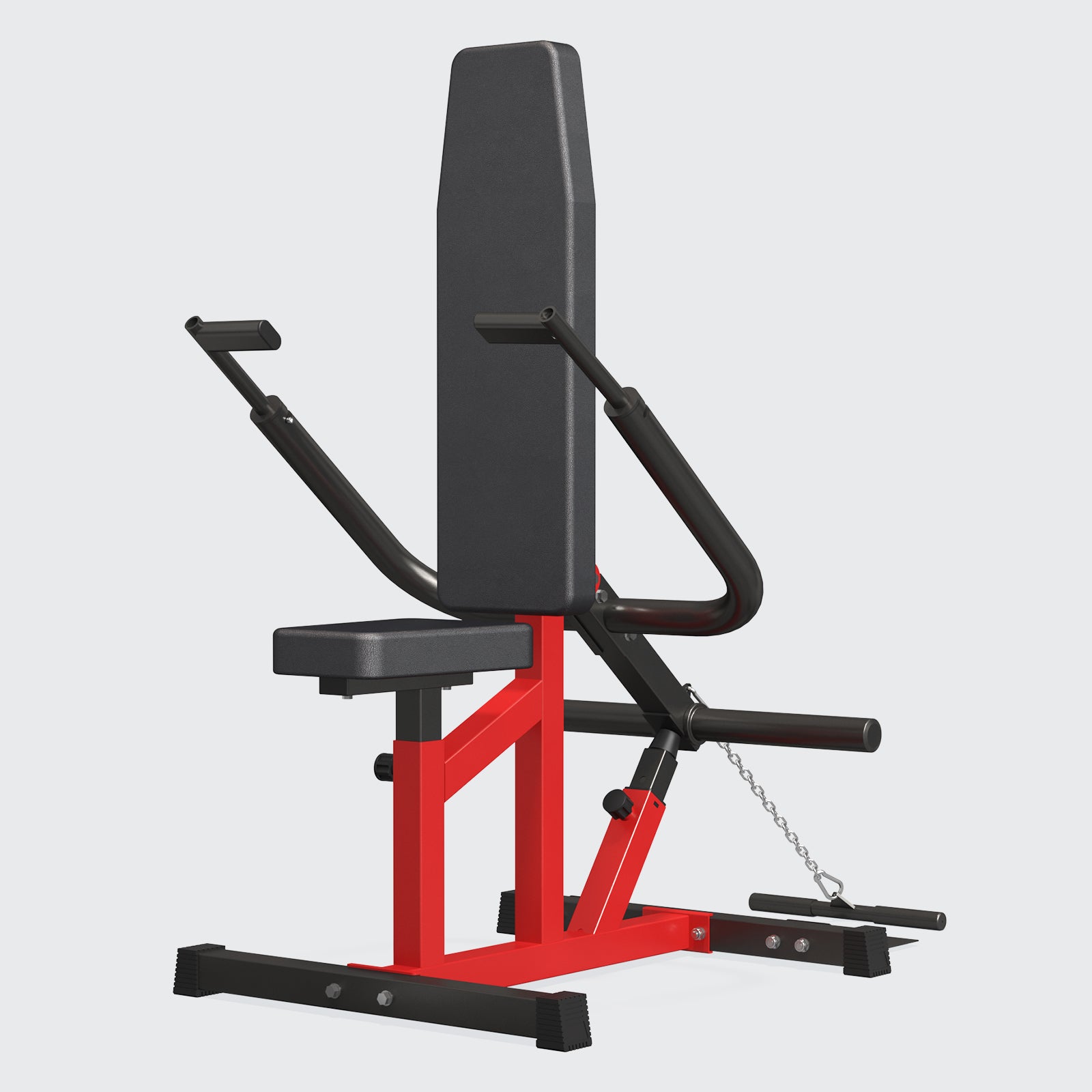
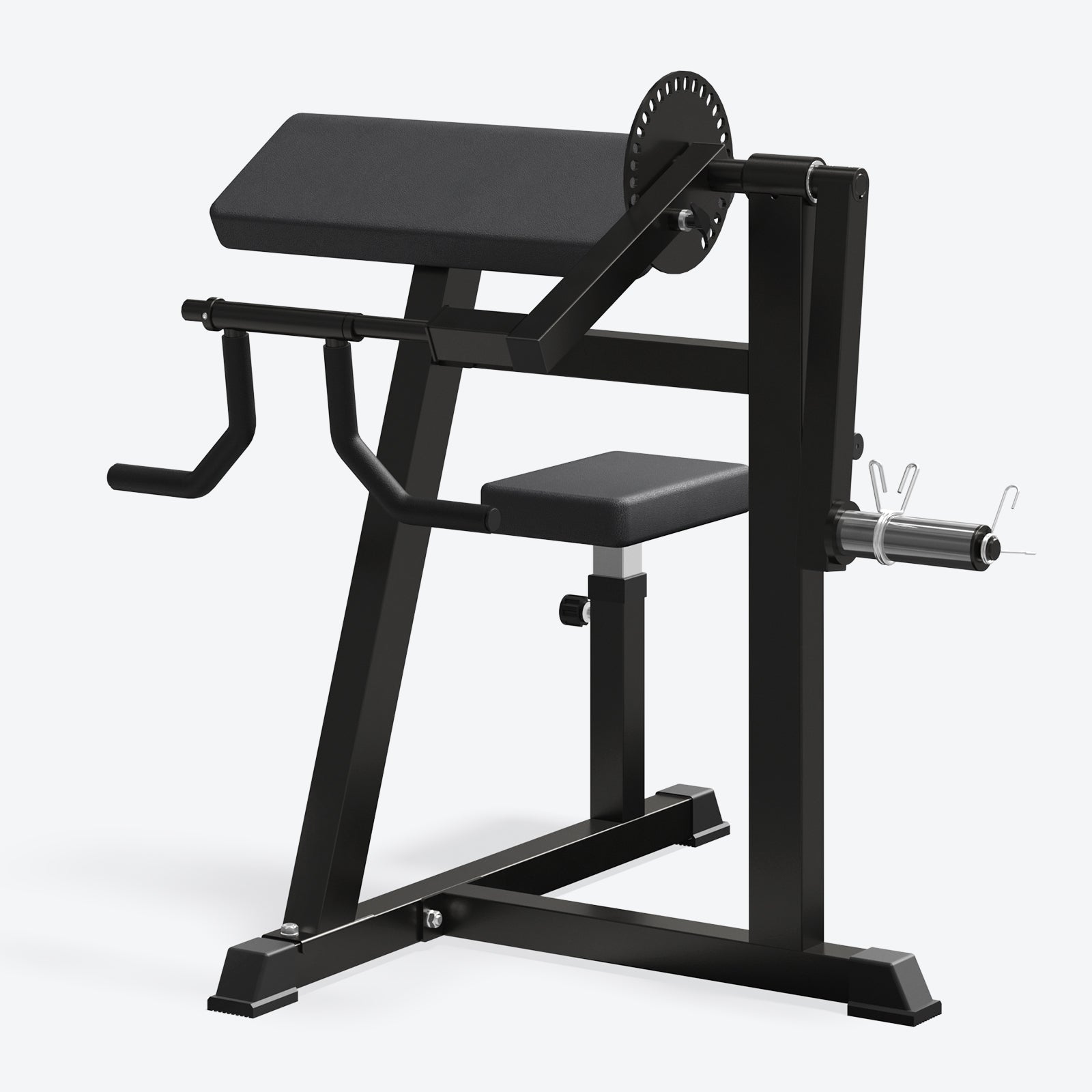
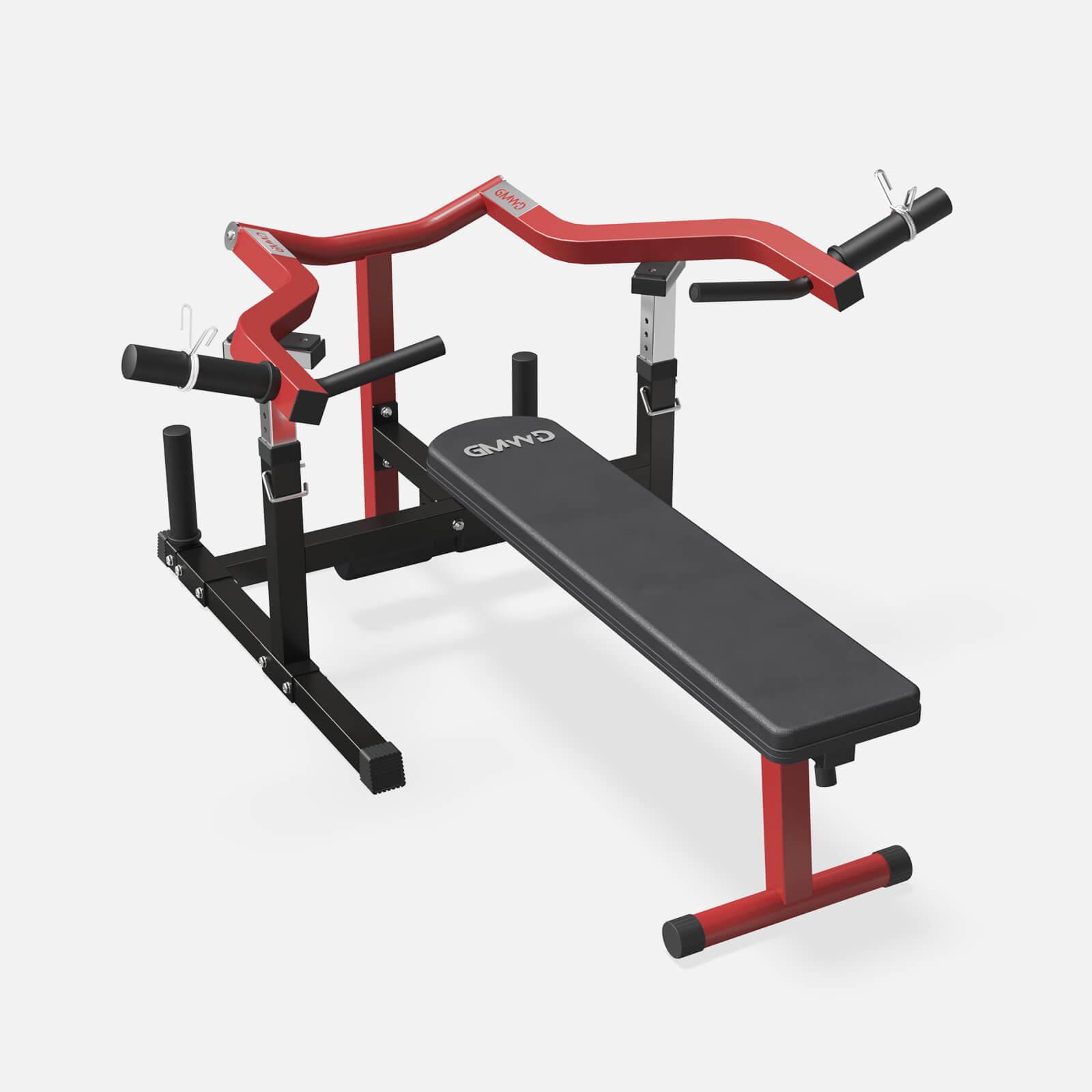
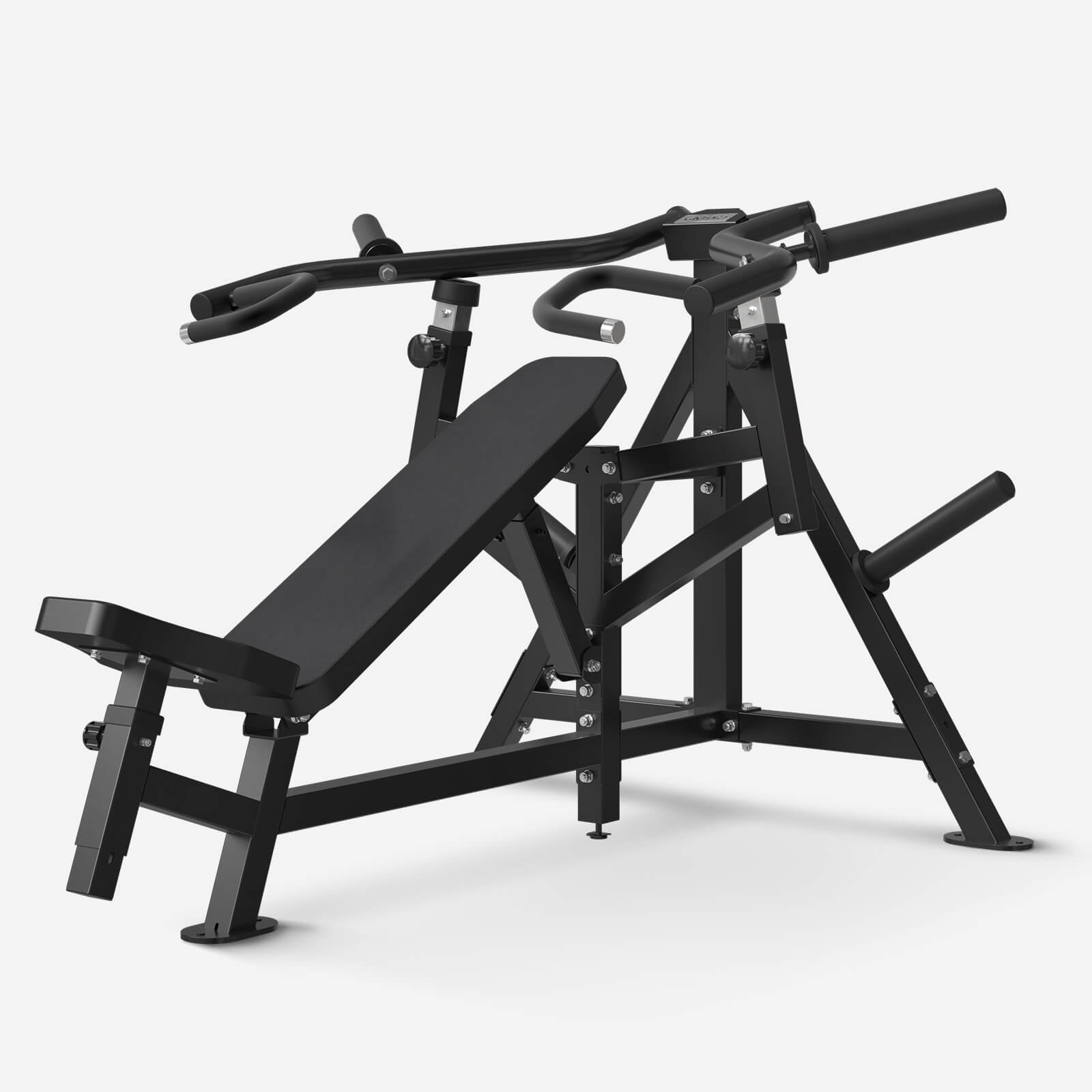
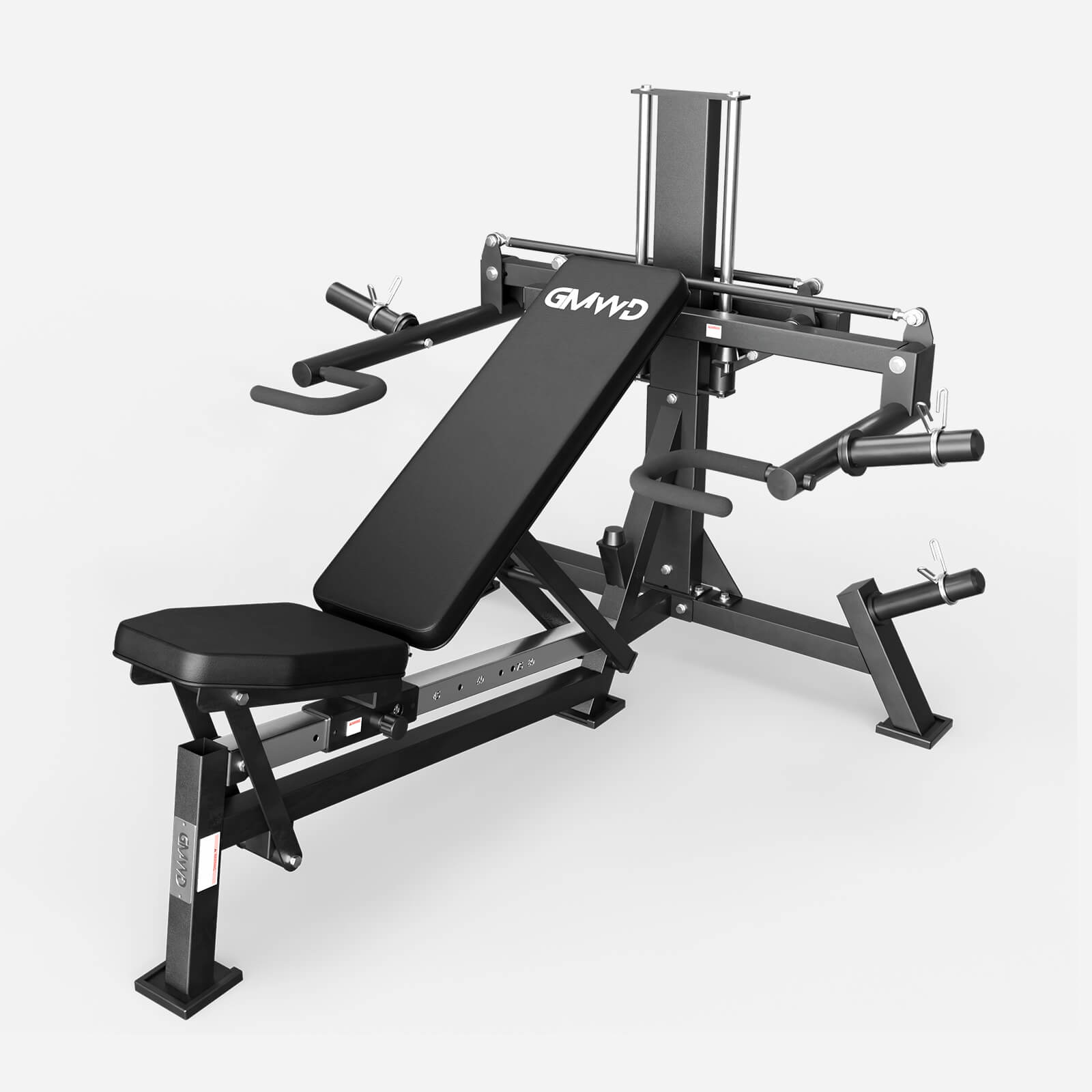
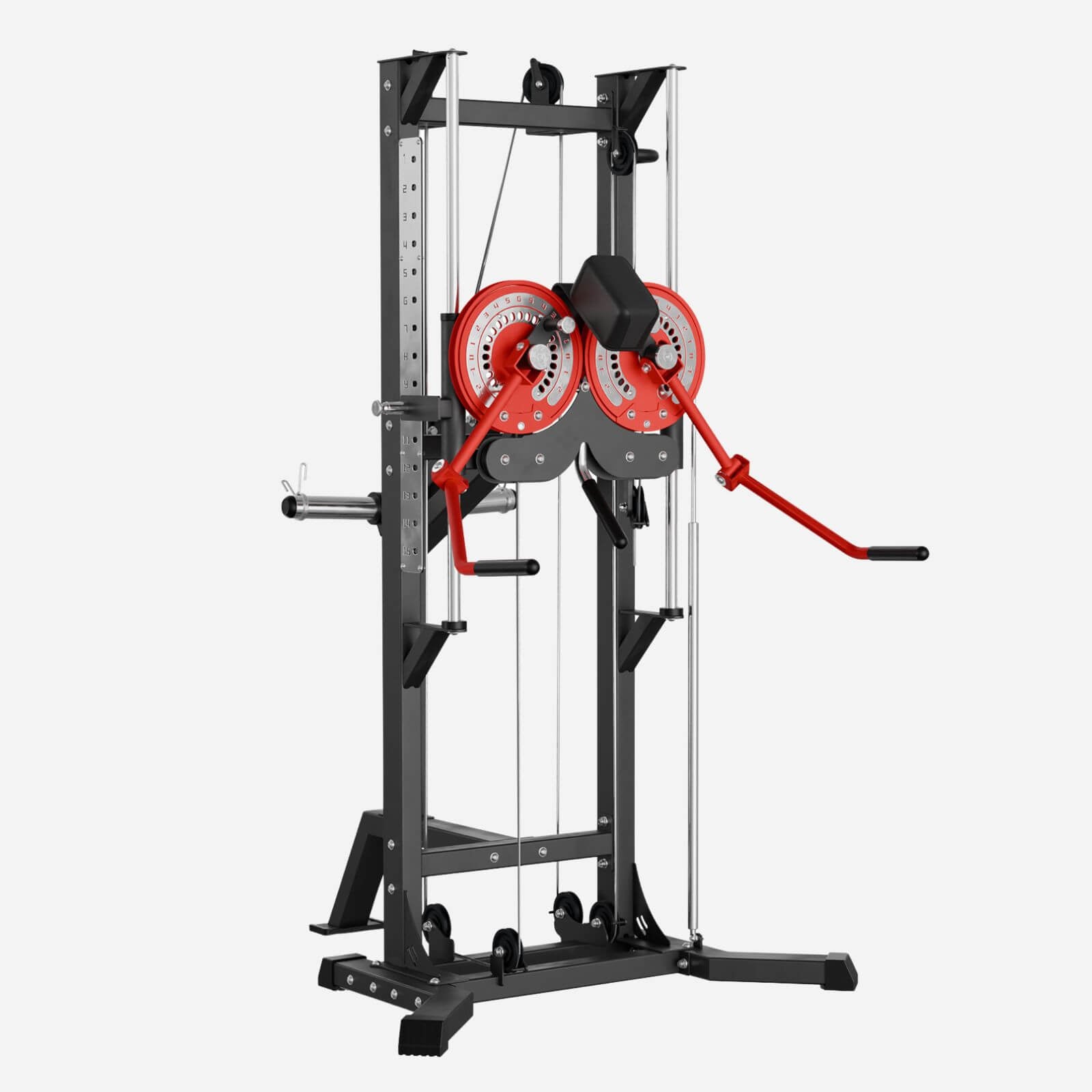
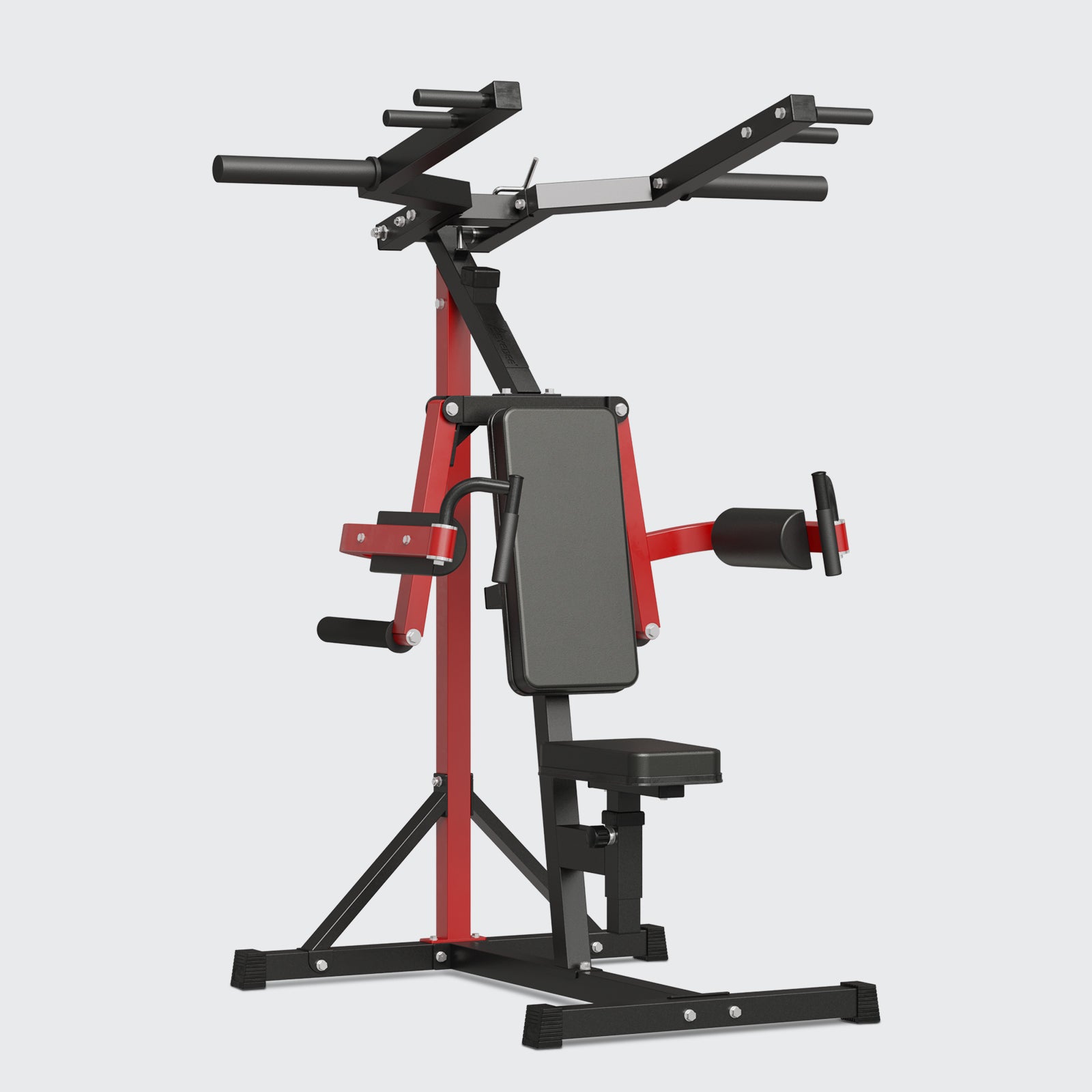
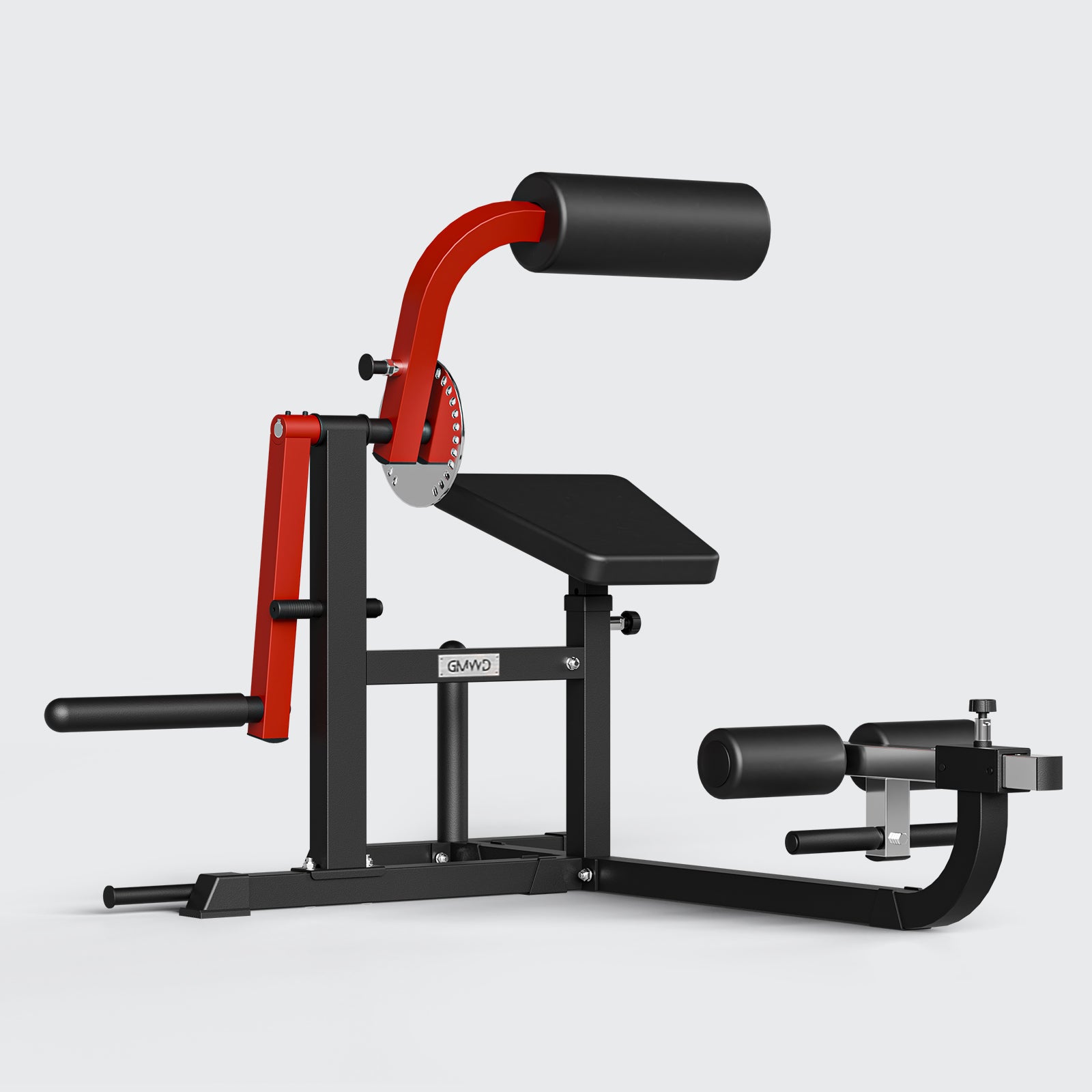
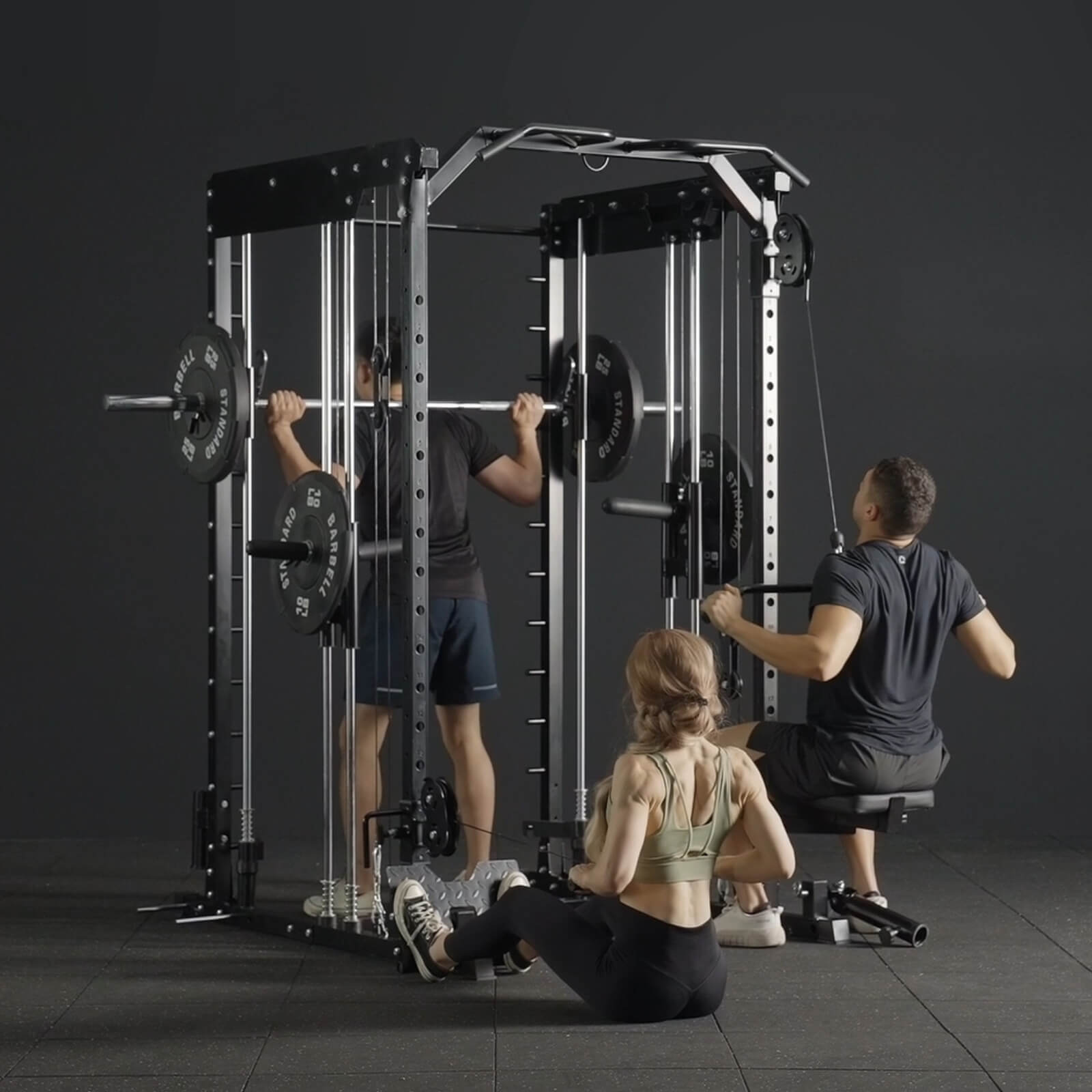
Leave a comment
All comments are moderated before being published.
This site is protected by hCaptcha and the hCaptcha Privacy Policy and Terms of Service apply.